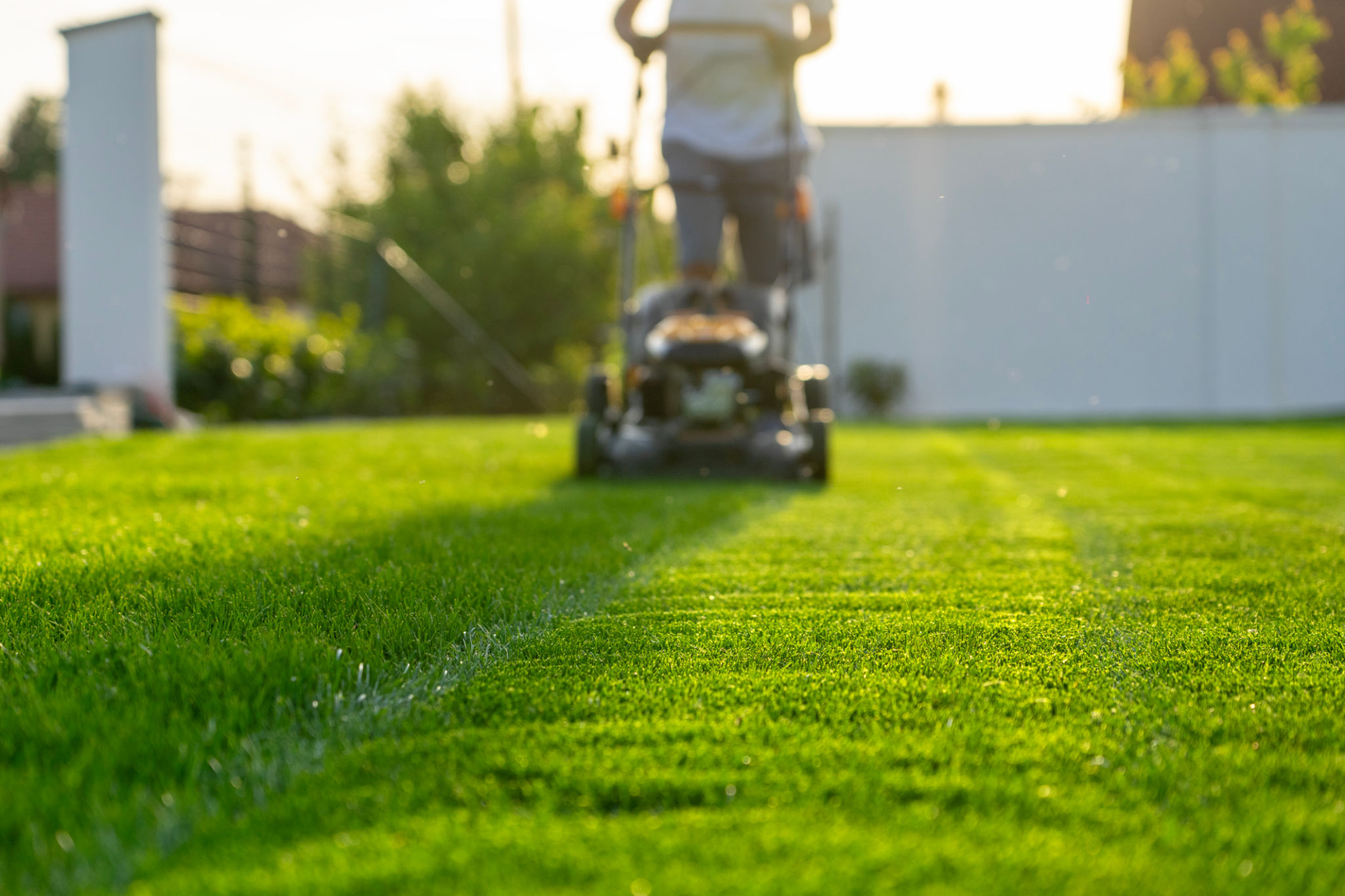Expert Tips for Keeping Your Lawn Healthy During Hot Texas Summers
Understanding the Challenges of Texas Summers
Texas summers are known for their extreme heat, often pushing the mercury above 100°F. This intense heat can pose significant challenges for maintaining a healthy lawn. The combination of high temperatures and limited rainfall can quickly turn your lush green lawn into a dry, brown expanse. Understanding these challenges is the first step towards effective lawn care strategies that can help keep your grass thriving throughout the summer months.

Watering Wisely
When it comes to watering your lawn during a Texas summer, timing and frequency are crucial. It's important to water deeply but infrequently to encourage deep root growth. Aim to water your lawn early in the morning, between 6 a.m. and 10 a.m., when temperatures are cooler, and evaporation rates are lower. This ensures that much of the water reaches the roots rather than evaporating in the midday heat.
For most Texas lawns, providing about one inch of water per week is sufficient. You can use a rain gauge or an empty tuna can to measure how much water your sprinkler system delivers in a given time. Adjust your watering schedule based on rainfall and temperatures to avoid overwatering, which can lead to fungal diseases.
Mowing Techniques
Proper mowing techniques are vital for maintaining a healthy lawn during the hot summer months. Set your mower blades higher during summer to allow the grass to grow taller. Taller grass provides shade for the roots and helps retain moisture in the soil, reducing stress on your lawn. Typically, keeping your grass at about three inches is ideal for most Texas grass types.

Additionally, keep your mower blades sharp to ensure clean cuts. Dull blades can tear the grass, making it more susceptible to disease and stress. Regular mowing, approximately once a week, is recommended to prevent overgrowth and maintain an attractive appearance.
Fertilizing Your Lawn
Nutrient management is another critical aspect of summer lawn care. Apply a slow-release fertilizer in late spring to early summer before the hottest months set in. This will provide your lawn with essential nutrients without causing a surge in growth that requires more frequent mowing.
Avoid fertilizing during peak heat as it can stress your lawn. Instead, consider organic fertilizers that improve soil health and offer long-term benefits. Always follow package instructions and avoid over-fertilizing, which can lead to nutrient runoff and harm local waterways.

Weed and Pest Management
Summer is also a prime time for weeds and pests, which can further stress your lawn. Implement an integrated pest management strategy that includes regular monitoring and targeted treatments when necessary. Hand-pulling weeds or using natural herbicides can be effective for small infestations.
For pests like grubs or chinch bugs, consider using beneficial nematodes or other biological controls as part of your approach. Keeping your lawn healthy through proper watering, mowing, and fertilization will also make it more resilient against pests and weeds.
Conclusion
Maintaining a healthy lawn during the hot Texas summers requires a strategic approach that balances watering, mowing, fertilizing, and pest management. By following these expert tips, you can help ensure your lawn remains lush and vibrant throughout the season despite the challenging conditions.